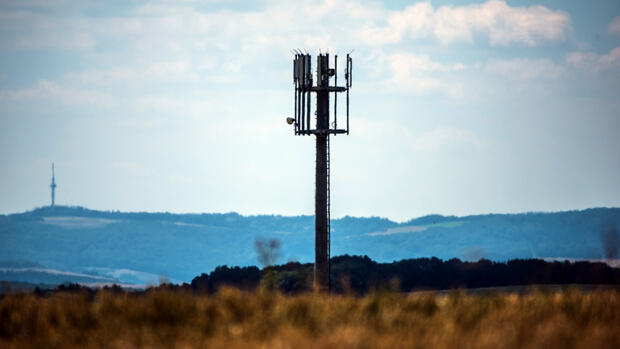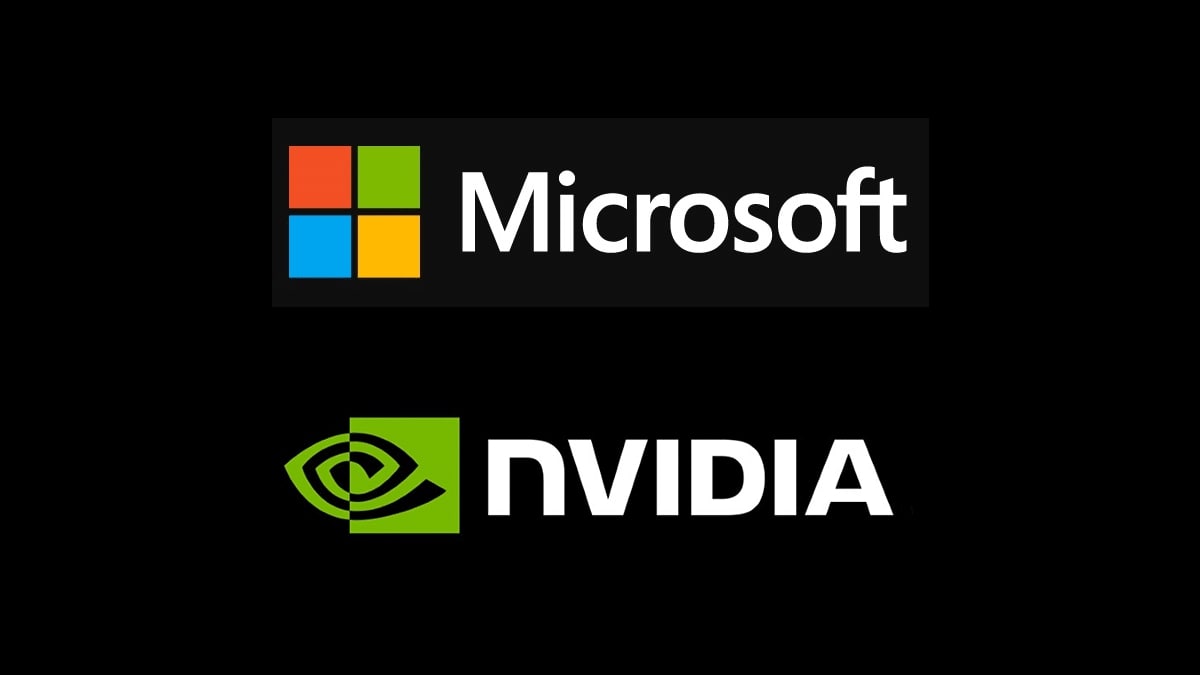Munich In the fight against dead spots, a cooperation between the three major German mobile phone providers is making progress. The network operator Telefónica (O2) announced on Thursday in Munich that Deutsche Telekom had activated 200 of its own locations and had gained access to the same number of locations.
By the end of the year, the two network operators want to let each other on the network at up to 700 locations. These are so-called grey spots, where only one or two nets are available and not all three.
Anyone who has a contract with the provider who is not present there is stuck in the radio hole. According to the Federal Network Agency from July of this year, such gray spots are located on a fifth of the area of Germany, most of them are in the countryside.
Vodafone, Telekom and O2 fight dead spots together
The industry cooperation, which is intended to conserve expansion resources, began in 2020, when Deutsche Telekom and Vodafone joined forces. After the Bundeskartellamt showed signs of concern about the cooperation of these market giants, the third German network operator was also brought on board, i.e. Telefónica with its O2 brand.
After the green light from the competition authorities, Deutsche Telekom and Vodafone started the mutual provision quite quickly. As the two companies announced on Thursday, they already have a total of 2,600 locations where the customers of the other provider now also get a network – so 1,300 dead spots have disappeared for each company. Each of 200 will follow.
In the meantime, the first antennas have also been mutually activated between Vodafone and Telefónica, and in the future there will be a total of 2,000 locations as part of the cooperation between these companies.
Telefónica’s Head of Germany, Markus Haas, said that consumers and the economy needed rapid progress in mobile communications. “The cooperative co-use of locations of the three nationwide active network operators is an important step.“









